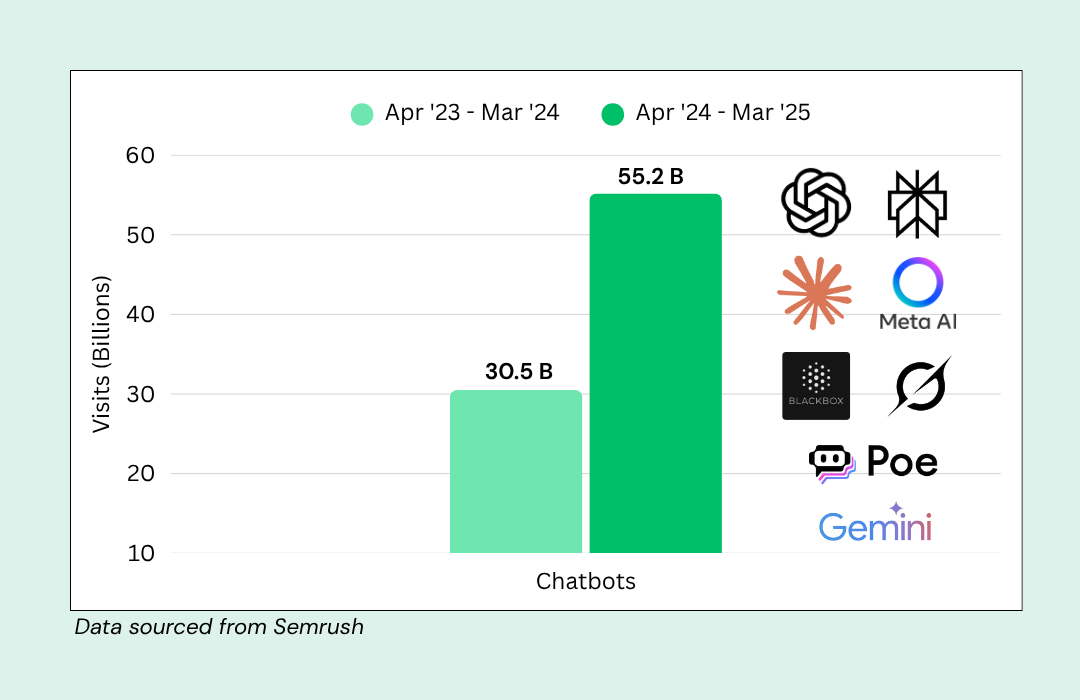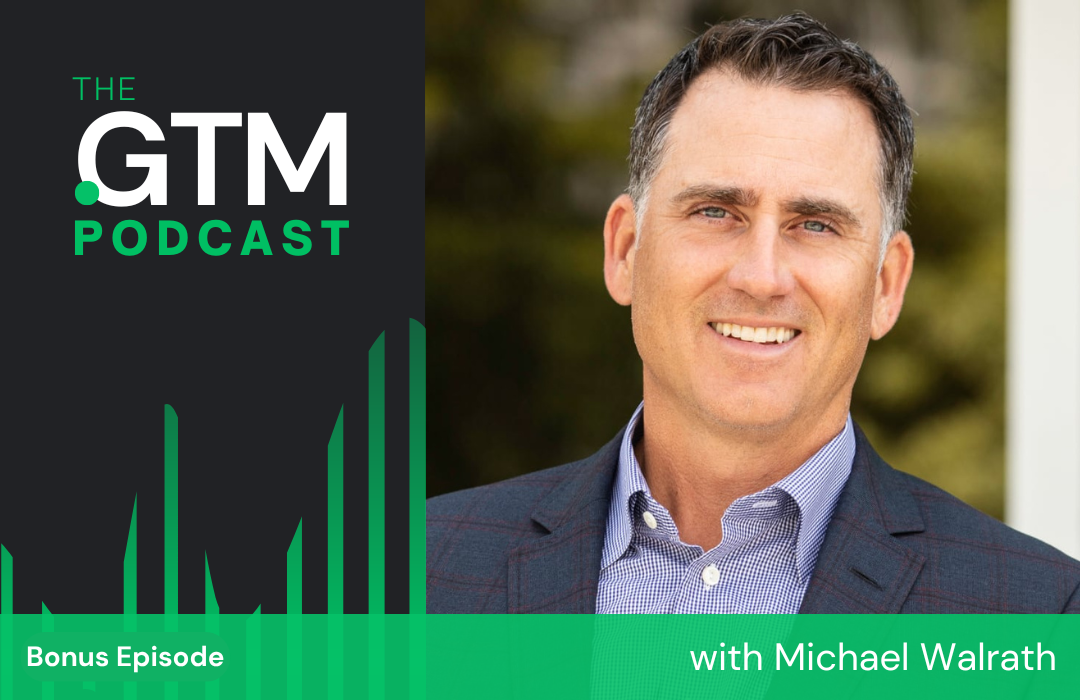In order to be effective as a mid-market or enterprise salesperson, you have to be willing to accept that not every deal is worth pursuing. The truth is, you only have a limited number of hours each day and a lot of deals you could be spending your time on.
You can’t afford to waste time on ‘floater’ deals that will never close.
So here’s the question:
If you know that each month only 10-20% of your pipeline is actually going to close, how do you spot the deals worth spending time on?
In order to trim and optimize your pipeline, you need to be able to recognize the primary factors that influence whether or not a deal will actually close.
The 3-Part Checklist For Spotting Real Deals
I’ve found that the likelihood of a deal closing can ultimately be boiled down to three things:
1. Business case
First, you must be able to articulate a concrete benefit.
In other words, what does your prospective customer get from spending money on your solution? For example:
- The customer is going to save 30% on their IT operating costs, which is roughly $200K/month and our solution only costs $10K/month
- The customer is going to outsource payment processing to our service saving 0.5 FT engineer. They are going to focus the engineering team on a growth project that will 10x revenue in the first half of 2016.
A lot of us sell into competitive markets where it’s just not good enough to make the business case of your category of product (e.g. list building apps). You need to be able to make the case for why you’re offering is best positioned to service the customer’s specific needs.
2. Timeframe driver (urgency)
Second, you must be able to identify the timeframe driver. Your prospective customer is buying something to achieve something—an initiative/project/goal that has a timeframe and level of urgency.
Identifying the timeframe driver is all about understanding:
- Their project timeframe
- What is driving that timeframe (level of urgency and why the timeframe won’t slip into next quarter).
With this information in hand, you can better forecast when someone will actually sign the deal.
3. Buying process
Third, you must be able to understand how your buyer buys and who is involved in the decision-making and buying process. For example:
- You might interact with a startup and be talking to the founder/CEO who can directly write the checks
- OR, you could be working with a bigger company in which your contact needs to get other parties involved in order to get approval, close the deal, and implement your solution.
Clearly understanding the buying process helps you understand what has to happen before you can close the deal. If the buying process changes (surprise: “engineering needs to build an integration for your product”), this totally changes the deal dynamic and forecast close date. If you take the project timeframe and their buying process into consideration, you can then create a shared project (deal) plan that you and your buyer can work through to purchase…this is the ideal scenario 🙂
Bonus: technical fit
Most SaaS products are pretty straightforward, but some require technical integrations on the client side. For products like this, it’s really worth looking for technical red flags early on in the deal cycle, so you don’t spend time closing on the business side and then find out it’s a dead deal due to technical constraints :-/
Closing Thoughts
Each deal is a risk, but you can reduce risk by knowing what’s going to happen (buying process), why it’s going to happen (business case), when it’s going to happen (timeframe driver), and if it can actually be done (technical fit). If any of these components are weak, then it’s a weak deal and you need to figure out how to fix it or drop it.
Most salespeople are optimistic, which helps us bounce through the tough times and get our jobs done, but being skeptical (not negative) about whether a deal is worth spending time on is also super important. I’ve found that qualifying hard on the above 4 items reduces the number of deals I spend time on and increases the precision of the ‘expected close dates’ I forecast. It’s also a powerful checklist for our weekly pipeline reviews at import.io and gives us certainty over what we are forecasting. I hope you find it useful in your business.
If you’ve got tips/checklist for qualifying deals please share in the comments below!







